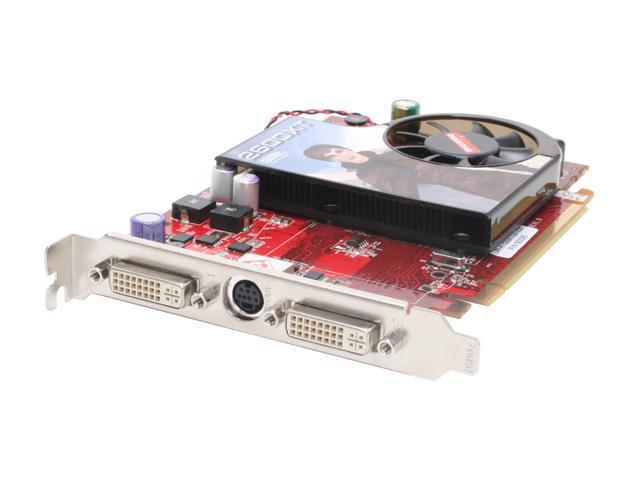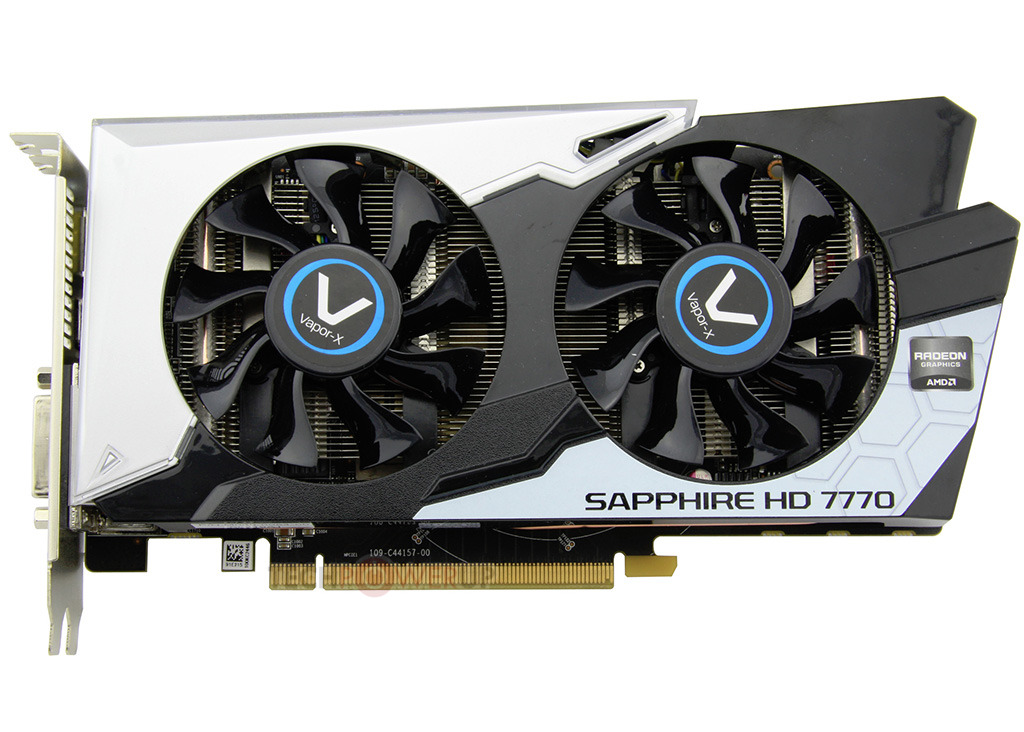
- #Radeon hd 2600 xt diamond edition drivers
- #Radeon hd 2600 xt diamond edition driver
- #Radeon hd 2600 xt diamond edition pro
- #Radeon hd 2600 xt diamond edition plus
#Radeon hd 2600 xt diamond edition drivers
I’ve elected to use only publicly available and supported drivers for this review, which means you won’t find any results using the various beta versions of NVIDIA’s “Release 50” drivers. We’re comparing the Radeon 9600 XT to its most direct competitors, the Radeon 9600 Pro, and NVIDIA’s GeForce FX 5600 Ultra.
#Radeon hd 2600 xt diamond edition plus
Maxtor DiamondMax Plus D740X 7200RPM ATA/100 hard drive I know you can’t wait to see benchmarks, but first, let’s have a quick peek at the Radeon 9600 XT’s specs.Ĭorsair XMS3200 PC2700 DDR SDRAM (333MHz) If you look really close, you can almost see the low-k insulator

The fact ATI is rolling out OVERDRIVE support for the 9600 XT suggests the chip can handle clock speeds north of 500MHz, too. Low capacitance (low-k) insulators can help chips reach higher clock speeds, which explains why ATI is able to clock the RV360 GPU at an even 500MHz on the Radeon 9600 XT-100MHz higher than the Radeon 9600 Pro. To help give OVERDRIVE plenty of clock speed headroom, RV360 GPUs are being fabbed on a 0.13-micron manufacturing process using a special “Black Diamond” insulator that has less capacitance than the Fluorine-doped silicate glass insulator found in the RV350. (The RV360 has all the necessary hardware support for OVERDRIVE to work, but the Cat 3.9s aren’t ready yet.) Since OVERDRIVE will initially only offer the 9600 XT overclocked speeds of 513 and 527MHz, old fashioned overclocking may be a route for experienced enthusiasts.
#Radeon hd 2600 xt diamond edition driver
Temperature monitoring is necessary for ATI’s new OVERDRIVE automatic overclocking software, which will come to the Radeon 9600 XT in the Catalyst 3.9 driver release, slated for November. Like the recently announced R360 GPU, which powers the Radeon 9800 XT, the RV360 supports GPU core temperature monitoring. ATI snuck a few surprises into the RV360 that are worth exploring. Rather than rehash all the technology found in the RV360, I’d rather focus on what’s new in the chip.
#Radeon hd 2600 xt diamond edition pro
The RV360 shares the RV350’s 4×1-pipe architecture and a host of other features that you can read about in my Radeon 9600 Pro review. The Radeon 9600 XT is based on ATI’s new RV360 GPU, which is quite similar to the RV350 chip found in the Radeon 9600 Pro. The 9600 XT promises to set a new standard in affordable graphics performance, but it is really that much faster than the competition? Read on to find out. Not content to sit idle, today ATI is beefing up its mid-range graphics line with the Radeon 9600 XT. NVIDIA’s GeForce FX 5600s haven’t been able to keep up.


ATI took over the mid-range graphics performance crown with the Radeon 9500 Pro, which was succeeded by the Radeon 9600 Pro. Last year, NVIDIA’s GeForce4 Ti 4200 owned the mid-range graphics market, but this year has been dominated by ATI.

Mid-range cards might not have enough horsepower to run the latest games at the highest resolutions with antialiasing and anisotropic filtering cranked all the way up, but they’re generally fast enough for all but the most demanding gamers. ATI and NVIDIA’s latest flagships, the Radeon 9800 XT and GeForce FX 5900 Ultra, are both capable of rendering stunning environments with fluid frame rates, but $500 price tags keep the cards out of the hands of those of us who don’t have spare organs to hawk on eBay.įortunately, the fancy technology found in most high-end graphics cards eventually trickles down to more affordable mid-range products. A TI AND NVIDIA are locked in an epic battle for the graphics performance crown, but as sexy and exciting as technology leadership can be, sometimes it’s hard to get really excited about high-end graphics cards.


 0 kommentar(er)
0 kommentar(er)
